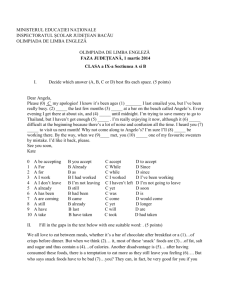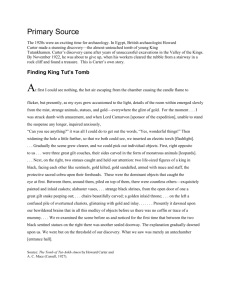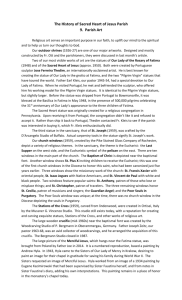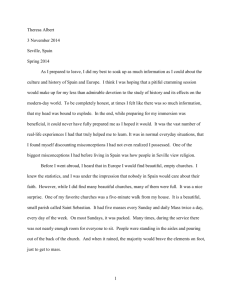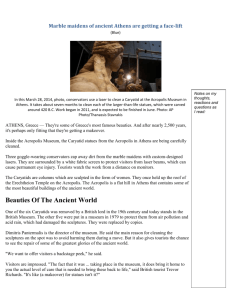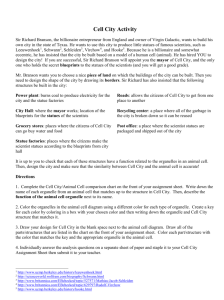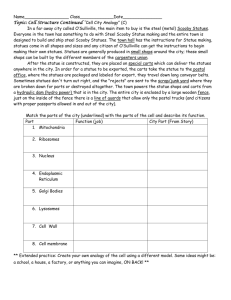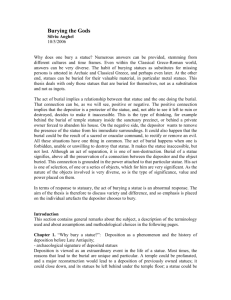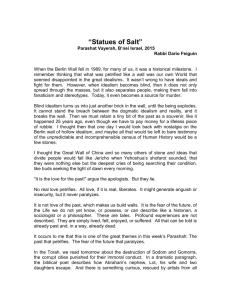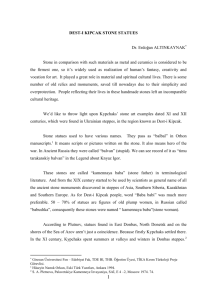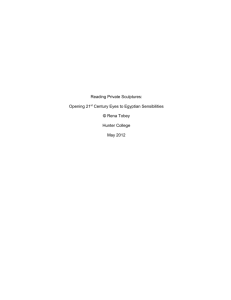Wooden statues of Metjetji
advertisement
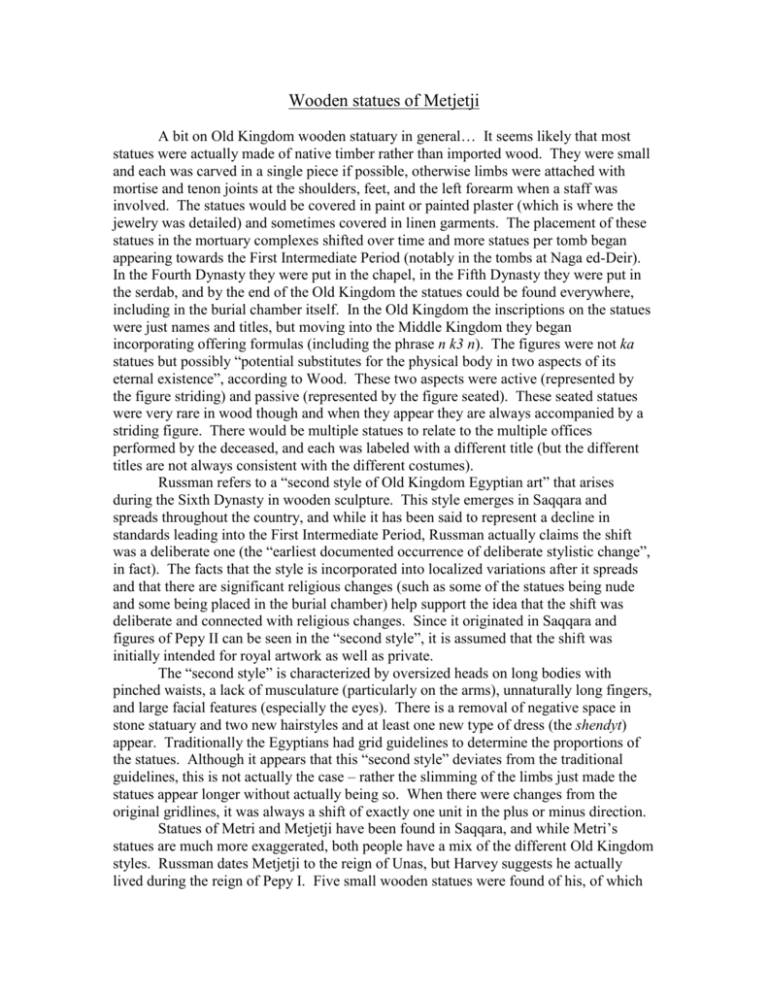
Wooden statues of Metjetji A bit on Old Kingdom wooden statuary in general… It seems likely that most statues were actually made of native timber rather than imported wood. They were small and each was carved in a single piece if possible, otherwise limbs were attached with mortise and tenon joints at the shoulders, feet, and the left forearm when a staff was involved. The statues would be covered in paint or painted plaster (which is where the jewelry was detailed) and sometimes covered in linen garments. The placement of these statues in the mortuary complexes shifted over time and more statues per tomb began appearing towards the First Intermediate Period (notably in the tombs at Naga ed-Deir). In the Fourth Dynasty they were put in the chapel, in the Fifth Dynasty they were put in the serdab, and by the end of the Old Kingdom the statues could be found everywhere, including in the burial chamber itself. In the Old Kingdom the inscriptions on the statues were just names and titles, but moving into the Middle Kingdom they began incorporating offering formulas (including the phrase n k3 n). The figures were not ka statues but possibly “potential substitutes for the physical body in two aspects of its eternal existence”, according to Wood. These two aspects were active (represented by the figure striding) and passive (represented by the figure seated). These seated statues were very rare in wood though and when they appear they are always accompanied by a striding figure. There would be multiple statues to relate to the multiple offices performed by the deceased, and each was labeled with a different title (but the different titles are not always consistent with the different costumes). Russman refers to a “second style of Old Kingdom Egyptian art” that arises during the Sixth Dynasty in wooden sculpture. This style emerges in Saqqara and spreads throughout the country, and while it has been said to represent a decline in standards leading into the First Intermediate Period, Russman actually claims the shift was a deliberate one (the “earliest documented occurrence of deliberate stylistic change”, in fact). The facts that the style is incorporated into localized variations after it spreads and that there are significant religious changes (such as some of the statues being nude and some being placed in the burial chamber) help support the idea that the shift was deliberate and connected with religious changes. Since it originated in Saqqara and figures of Pepy II can be seen in the “second style”, it is assumed that the shift was initially intended for royal artwork as well as private. The “second style” is characterized by oversized heads on long bodies with pinched waists, a lack of musculature (particularly on the arms), unnaturally long fingers, and large facial features (especially the eyes). There is a removal of negative space in stone statuary and two new hairstyles and at least one new type of dress (the shendyt) appear. Traditionally the Egyptians had grid guidelines to determine the proportions of the statues. Although it appears that this “second style” deviates from the traditional guidelines, this is not actually the case – rather the slimming of the limbs just made the statues appear longer without actually being so. When there were changes from the original gridlines, it was always a shift of exactly one unit in the plus or minus direction. Statues of Metri and Metjetji have been found in Saqqara, and while Metri’s statues are much more exaggerated, both people have a mix of the different Old Kingdom styles. Russman dates Metjetji to the reign of Unas, but Harvey suggests he actually lived during the reign of Pepy I. Five small wooden statues were found of his, of which three are discussed in particular. Each of the statues displays both Fifth and Sixth Dynasty characteristics, but in different combinations. In each, Metjetji’s buttocks is exactly one unit higher than the gridlines of the older Old Kingdom style, which is typical of the “second style”. In the first statue shown below, the statue has a broader torso and sturdier legs. His waist is pinched a bit, but in general he is mostly formed in the Fifth Dynasty style. The second statue shown below is dressed similarly but is slimmer, has a bigger head, and has bigger facial features. These are all characteristics of the Sixth Dynasty. The third statue shown indicates an older man (as can be discerned by his dress and short hair). He has a large head with inlaid eyes and big lips, a narrow body, little musculature, and long fingers. All of these things again go along with the Sixth Dynasty style. This statue is also unique in the exaggerations of the face. The artist used the enlarged features to include more naturalistic detail, effectively combining the two different styles of the Old Kingdom. Metjetji Older Metjetji Other statues done in the “second style” (these are of Tjetety)

